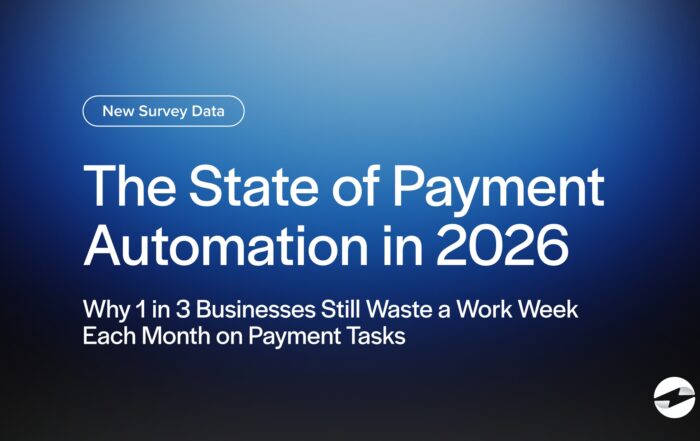What is a payment facilitator?
A payment facilitator (also known as a PayFac) is a company that lets other businesses—often called sub-merchants—accept electronic payments without setting up their own merchant account. Instead of each business applying individually with a bank, the PayFac acts as a master merchant and onboards sub-merchants under its umbrella. This model is especially helpful for software platforms, marketplaces, and B2B services that want to embed payments directly into their product.
Key Points
- A payment facilitator (PayFac) lets businesses accept payments without needing their own merchant account by onboarding them under a master account.
- Using a PayFac speeds up payment setup, creates new revenue streams, and gives more control to businesses. Especially for SaaS platforms.
How to become a payment facilitator
Becoming a payment facilitator isn’t a plug-and-play process—it requires meeting strict regulatory, technical, and financial requirements. You’ll need to establish a relationship with a payment processor or acquiring bank. You’ll also need to build a secure onboarding and transaction platform, ensure PCI compliance, and create systems for underwriting, fraud prevention, and ongoing risk monitoring. Many businesses start by working with a PayFac-as-a-Service provider (like Finix or Infinicept) before becoming registered PayFac.
Why should I use a payment facilitator?
Using a payment facilitator simplifies and speeds up the payment acceptance process for businesses—especially small to mid-sized ones. Instead of waiting days or weeks for merchant account approval, a business can start accepting payments almost instantly under the PayFac’s infrastructure. Becoming or working with PayFac creates a new revenue stream for SaaS companies and other platforms. Becoming a PayFac allows you to earn fees from sub-merchants and offer embedded payments. Partnering with PayFac lets you generate revenue by referring sub-merchants or integrating payment processing into your platform.
PayFacs help simplify the heavy technical burden of accepting payments. It’s a powerful model that works great for scaling payment capabilities without taking on all the extensive infrastructure alone.
You May Also Like
Read More
QuickBooks Payments Fees vs. Lower-Cost Alternatives: 2026 Guide
Read More
EBizCharge Listed as a 2025 Construction Executive Top Construction Technology Firm
Read More
Read More



